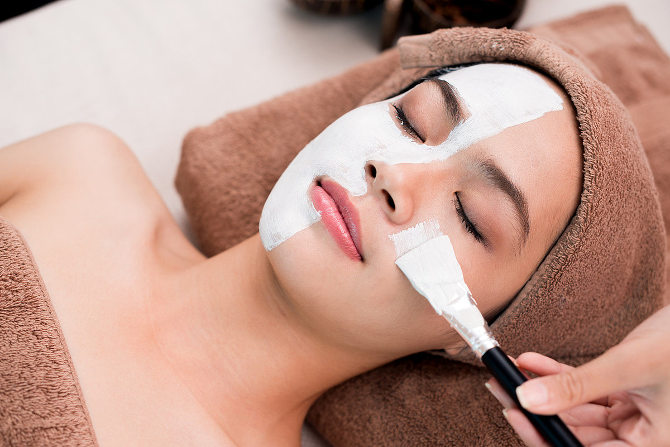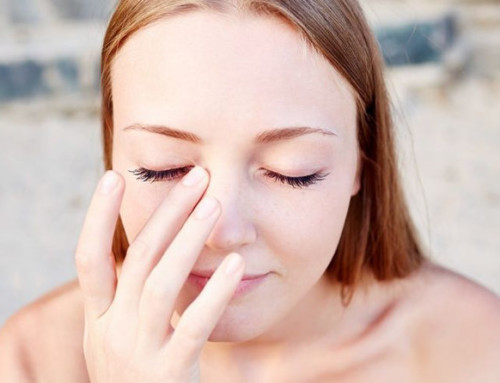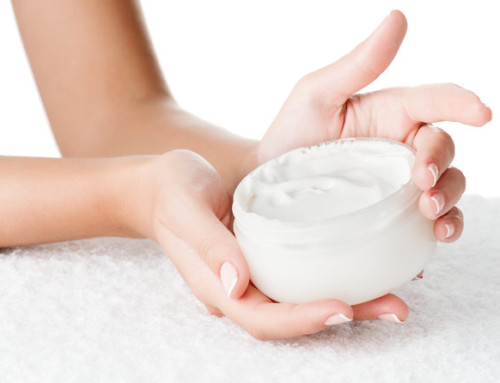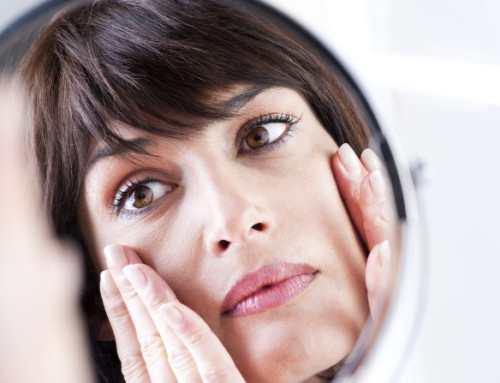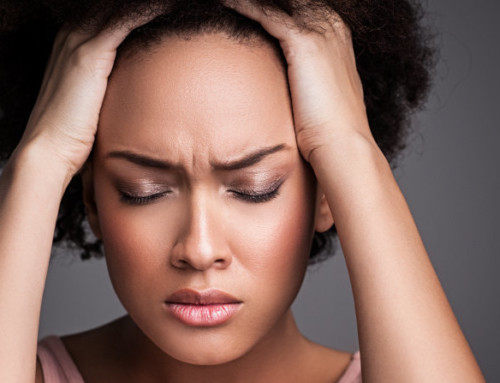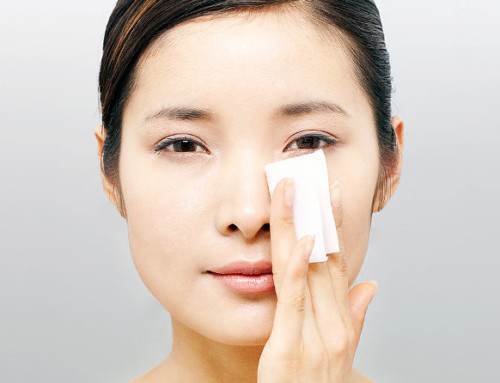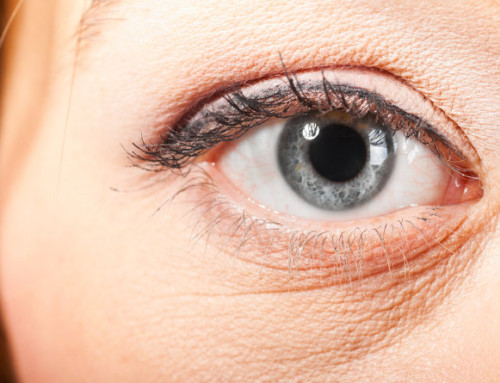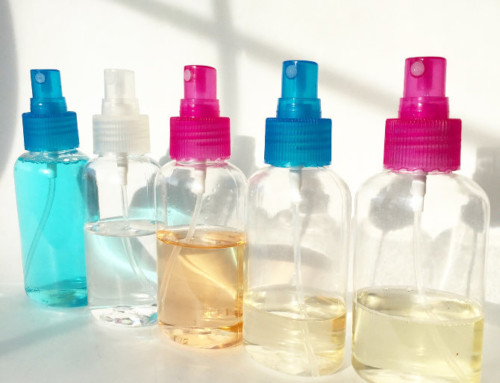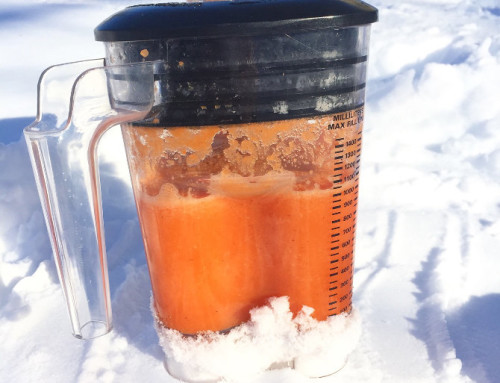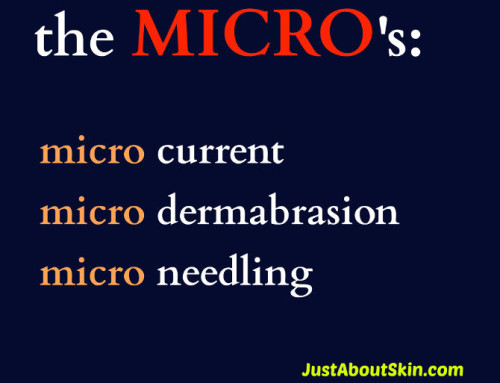It’s been a while since I’ve given myself one of these. When you get busy, it’s easy to skip the ‘non-essential’ steps in skincare. But it’s a holiday weekend, and I plan to catch up on masking!
Getting a relaxing, professional facial at a spa is a wonderful treat. Of course, it’s a luxury service for many of us. But you can achieve very similar benefits at home. Masking is one of the steps of a spa facial that is easy to replicate at home.
All you need is 30 minutes of uninterrupted, quiet time, your hands, an exfoliant, and a mask that you like.
My favorite type of mask is the cream or gel mask that you leave on skin for 10-15 minutes and then rinse off. Sheet masks are not my thing, mostly because the fit is not great on me. They’re usually too big. I also just love the creamy textures of traditional masks and the act of rubbing them in. They feel good on my skin.
If you need motivation, here are some of my masking habits and tips for easy and enjoyable masking.
My Masking Habits And Tips
1. I set aside a time 1 day each week for a mini facial, which includes exfoliating and masking. I try to stick to the same day and approximate time so that it becomes a habit. My mini facial time is Sunday evening, a few hours before bed.
- Sometimes I do this more than once a week. For example, when my skin needs a particular type of mask treatment, e.g. a calming mask or a clay mask for clearing congested skin. But my regular facial day stays the same.
- About one third of the time, I extend the mini facial and make it a full blown facial, which includes extractions, LED light therapy, and microcurrent.
2. I always exfoliate before masking. The mask works better when there’s less dead skin buildup in the way.
- By the way, I rarely exfoliate during the daytime. Freshly exfoliated skin is thinner and therefore more photosensitive. Exfoliation takes off at least a few layers of the Stratum Corneum. I don’t want my skin exposed to sun because it will pigment more easily. Thinner skin means UV rays have less distance to travel to the melanocytes that make pigment.
3. Since my eyes get dry easily, I like to put something around the eyes to keep the skin hydrated while the mask is on. The easiest thing to do is to spray it with a hydrating toner.
- What I usually do is apply a gentle, gel-based hydrating mask around my eyes, or a mask made specifically for the eyes. There aren’t too many masks made just for the eyes though. You may be able to use your face mask, depending on what’s in it. Some gel or cream face masks are gentle enough for the eyes. Some are not. Make sure you read the label and avoid the eye area if the instructions say so.
4. I like to mix and match masks. Using more than one mask on your face at the same time is known as multi-masking. Since skin on the face isn’t the same everywhere, you’re more likely to have issues that are location-specific. For instance, as you probably already know, the T-zone (forehead, nose, chin) tends to be more oily than the rest of the face. So, if you have problem areas, you should treat those areas with a suitable mask that addresses that specific problem.
- My jowls get a firming and tightening mask. My cheeks get a brightening mask. My forehead gets a hydrating mask. My eyes get a hydrating or firming eye mask. You get the idea!
5. I enjoy applying my mask with a brush. A soft fan brush feels nice on skin! Plus it coats the mask more evenly and uses less mask (so you don’t waste any product unnecessarily).
- Sometimes, the instructions tell you to apply a liberal amount of mask. You don’t need to do this. It’s a waste of product. More mask does not mean you will have more penetration. In fact, only a fraction of ingredients will make it through skin. All you need is a thin layer. A liberal amount of mask only serves to make the experience feel better (and fatten the pockets of the manufacturer).
6. I like to massage my mask into skin for a couple minutes. Rubbing the mask in does two things – the act of rubbing stimulates blood circulation and lymph drainage (when done in specific directions). More blood circulation means better nutrient absorption and better waste removal. In other words, it makes your skin healthier.
- One caveat though – If you have acne or very oily skin, it’s not a good idea to rub your mask, or rub your skin in general. The rubbing will stimulate the sebaceous glands, making them more active. You don’t want those glands to produce more oil. You can rub a tiny bit just to enhance penetration of the mask, but not more than that.
- The massage you receive in a professional facial will be highly choreographed, with movements designed to maximize flow, drainage, relaxation, and pleasure. At home, the easiest thing to do is rub in circular motions. Trace circles around your face. Doing this on the temples will feel good and relaxing.
7. What do you do after the mask is on your face? You can close your eyes and take a short nap. I don’t like to do this because when I sleep, I fall into a deep sleep right away! Instead, I will lie on a bed, whip out my phone, and watch part of a movie or TV show. This is actually one of my favorite ways to sneak in some TV time. Since I am so absorbed in the show, I lose track of time and before I know it, time’s up. For those of you who get bored easily doing nothing with a mask on, this is an easy way to pass the time.
- If you love multi-tasking, forget the bed and go about your normal routine around the home with the mask on. I do this sometimes, including washing dishes with a mask on. I’ve even heard of a mother who wears a sheet mask in the car while driving her kids to school. That is truly bold! Kudos to her! I may be crazy when it comes to skincare, but the car is off limits for me 🙂
8. Don’t forget to wash your hands after you set the phone down and before you remove the mask. A phone or tablet is filled with germs. Same with a paper book or any other object you touch while waiting.
9. I like to remove my mask with a face sponge that is soaked in warm water. It’s less messy than leaning over the sink and rinsing the mask off with hands. The sponge picks mask off skin a lot more easily than wet hands. So removal is much faster. If you’re pressed for time, a sponge will help.
- An alternative to the sponge is a muslin cloth. But I never use that – it’s too flimsy for my taste. I find a sponge easier to control and maneuver around the face. It’s also easier to clean.
10. I like to create a feeling of special-ness on my mini-facial days. You can do that by creating a nice ambiance while your mask is on – a dark room with scented candles, a soft plush robe, relaxing music, for example. I like to make my experience special with products. I select my favorite skincare products, which are the ones that feel or smell great.
- My regular treatment serums and creams are not always the products that I love to use the most. In fact, many aren’t. They’re clinical-strength and work well, but they may be lacking in aesthetics, such as a luxurious texture or nice scent. I accept that they are not the best sensory experience in order to achieve greater results. This is a tradeoff I’m willing to make. (Professional skincare is more focused on results than on how a product feels.) So on my mini facial days, I’ll reach for the luxurious oil or super smooth cream.
11. The final touch of my mini-facial evening is a clean pillowcase. After all the work I’ve put into the facial, my skin deserves a fresh pillowcase, right? It’s not necessary, but you can view it as a motivation to do the facial! Also, if you have problematic acne, changing your pillowcase frequently is always helpful.
Do you have any favorite masking or facial habits? If so, please share in the Comments below!
Related Posts:

